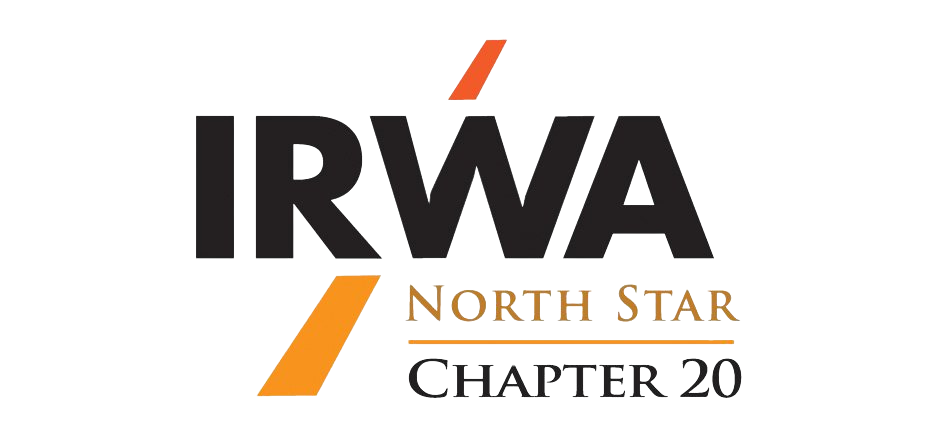About Us
In the context of public utilities, "right of way" refers to the legal permission granted to utility companies or governmental agencies to install and maintain infrastructure such as pipelines, electrical lines, or telecommunications cables on or beneath privately-owned land or public property.
Obtaining right of way is essential for these entities to access the land necessary for installing, repairing, and maintaining utility infrastructure. This access may be granted through various means, including easements, fee simple purchases, licenses, or permits.
Easements are a common legal mechanism used to establish the right of way for utility infrastructure. An easement grants a specific right to use or access another person's land for a particular purpose, such as installing and maintaining utility lines. Easements can be granted voluntarily through negotiation and agreement between the property owner and the utility company, or they can be imposed by law through processes like eminent domain.
Ensuring proper right of way for public utilities is crucial for maintaining essential services and infrastructure, while also respecting the rights and interests of property owners and the public. It involves navigating legal processes and agreements to establish the necessary permissions for utility companies to operate effectively and provide services to communities.
At an organizational meeting in Minneapolis, Minnesota on September 9, 1957, Tri-State Chapter 20 of the American Right of Way Association was formed. (Minutes from the first Chapter 20 Meeting) (Original Articles of Incorporation).
Since that date, Chapter 20 has continued to grow and build our membership to where we are today - at almost 200 members. Chapter 20 offers networking and educational opportunities within the right of way field. We hold six Board and Member meetings each year; featuring various speakers and topics related to the right of way field. All are welcome to attend our meetings - we continue to grow and strive to be an organization where right of way professionals can interact, learn, grow, and network with each other.

“History is important because it teaches us about the past. And by learning about the past, you come to understand the present, so that you may make educated decisions about the future.”
-
See some of our historic photos from Chapter meeting and events dating back to the start of our Chapter.(Historic Chapter 20 Photos)
-
-
The links below will direct you to Chapter 20’s Bylaws and Administrative Policies:
-
Want to connect with other members of Chapter 20 and the IRWA?
-
Become a member of the IRWA! Follow the link to learn more about what the IRWA can do for you!
